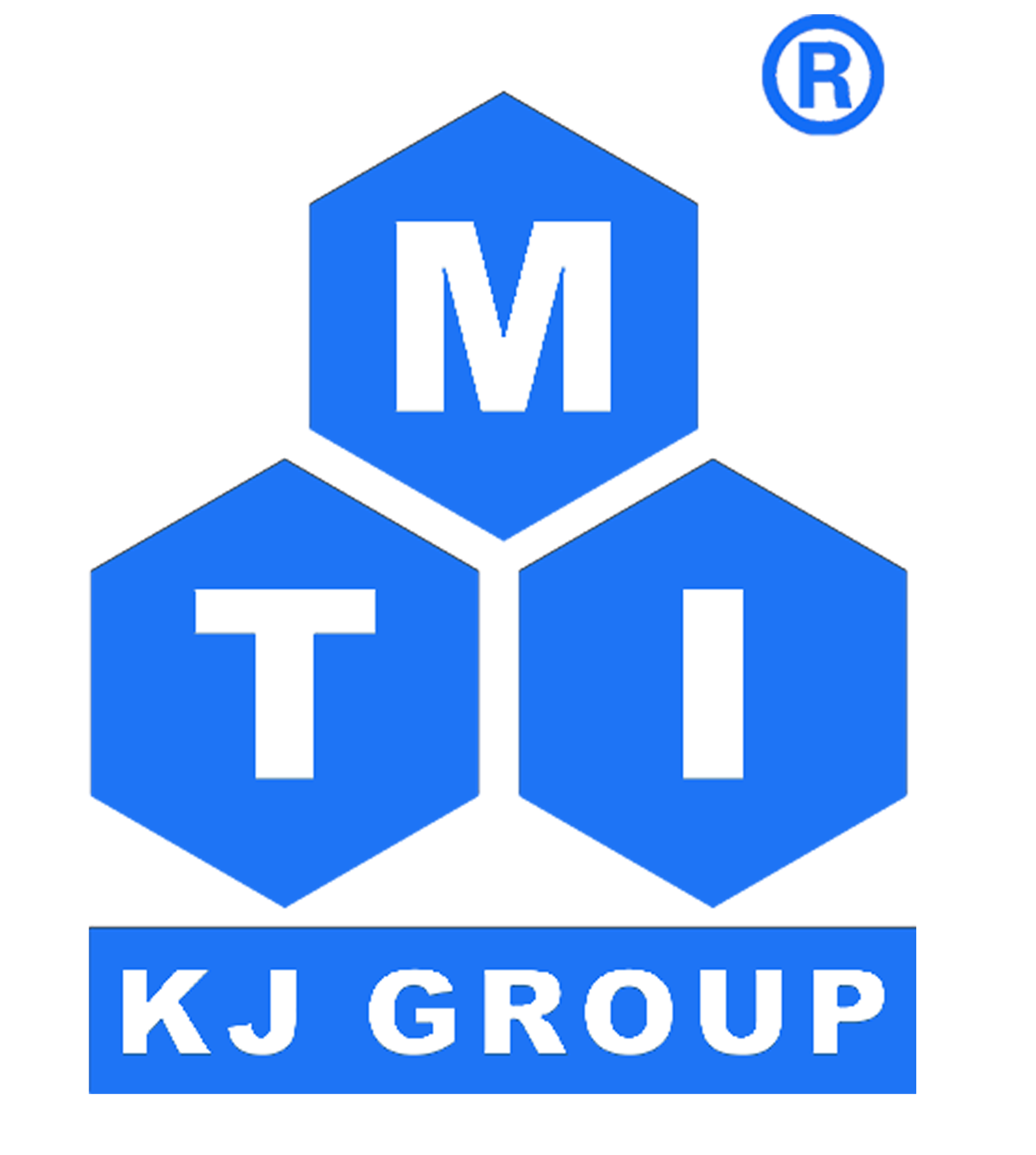Effective lattice potentials of perovskite oxides derived from elaborately designed training dataset
Back
Huazhang Zhang1,2,* , Philippe Ghosez1,†
1 Theoretical Materials Physics, Q-MAT, University of Liège, B-4000 Sart-Tilman, Belgium
2 Department of Physics, Wuhan University of Technology, 430070 Wuhan, China
* Corresponding Author: hzhang@uliege.be
† Corresponding Author: philippe.ghosez@uliege.be
Perovskite oxides are a class of very useful materials that possess a wide range of functional properties, such as ferroelectricity, piezoelectricity, and electrocaloric effects, etc., stemming from their diverse structural phase transitions and complex lattice potential energy surfaces. Theoretically, the structure and properties of perovskite oxides under finite temperatures and near-operating conditions can be accessed through large-scale atomistic simulations, which rely on the development of effective lattice potentials, including classical potentials that use simple analytic functions, as well as machine-learning potentials1,2. A critical aspect of developing an accurate effective potential is to construct a comprehensive training dataset that provides adequate
sampling of the potential energy surface.In this work, instead of the commonly used method of sampling the potential energy surface via molecular dynamics, we explore an alternative approach to constructing training datasets through elaborate design. Starting from the perovskite cubic reference structure and guided by lattice instabilities, we systematically and extensively explore the potential energy surface, and include as many stationary phases as possible into the training dataset. We demonstrate the application of this strategy in developing a Taylor polynomial potential for CaTiO3 using MULTIBINIT3 and a machine-learning potential for PbZrO3 using DeePMD4 . The developed models successfully capture the large number of stationary phases and provide reasonable predictions for finite-temperature properties. Furthermore, the Taylor polynomial potential has an advantage of physical transparency and allows for intentionally tuning the model parameters to better understand the underlying physics5 , while the machine learning potential offers high reproducing accuracy for complex potential energy surfaces, making it highly suitable for accurate material simulations.Work supported by IPD-STEMA program from ULiège, PROMOSPAN project from FNRS (T.0107.20) and TSAR project from EU H2020 RI program (No. 964931).
Keywords: Effect lattice potential, perovskite oxides, Multibinit, DeePMD
References
1. P. Ghosez, J. Junquera, Modeling of ferroelectric oxide perovskites: From first to second principles,
Annual Review of Condensed Matter Physics, 13, 325-364 (2022).
2. T. Wen, L. Zhang, H. Wang, W. E, D.J. Srolovitz, Deep potentials for materials science, Materials
Futures, 1, 022601 (2022).
3. M. M. Schmitt, First- and Second-Principles Studies of Perovskites, Ph.D. dissertation, Université
de Liège, 2020.
4. H. Zhang, H.-C. Thong, L. Bastogne, C. Gui, X. He, P. Ghosez, Finite-temperature properties of the
antiferroelectric perovskite PbZrO3 from a deep learning interatomic potential, Physical Review B,
110, 054109 (2024).
5. H. Zhang, C.-H. Chao, L. Bastogne, A. Sasani, P. Ghosez, Tuning the energy landscape of CaTiO3
into that of antiferroelectric PbZrO3, Physical Review B, 108, L140304 (2023).












